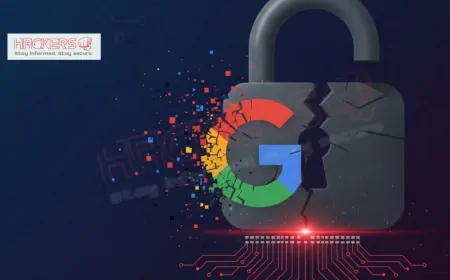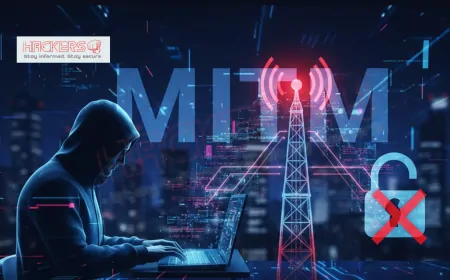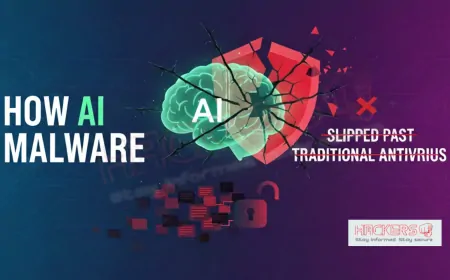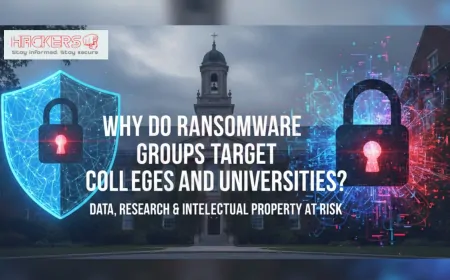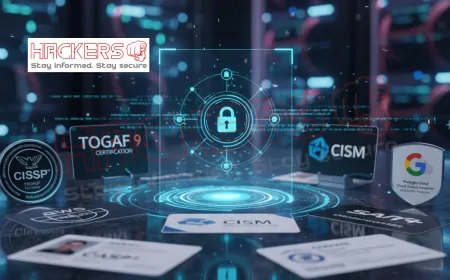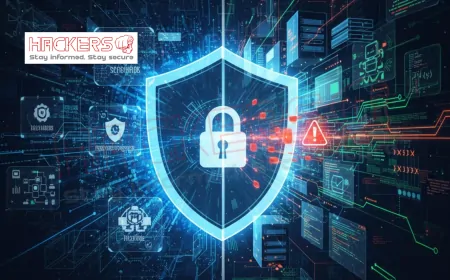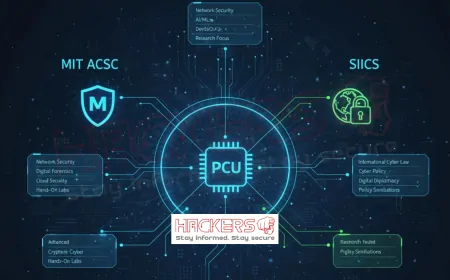What Are the Ethical Challenges in AI-Powered Cybersecurity?
Imagine a world where your online activities are constantly watched by intelligent machines designed to protect you from cyber threats. These AI systems scan emails for phishing attempts, monitor networks for unusual patterns, and even predict attacks before they happen. It sounds like a dream for security experts. But what if that watchful eye crosses into your personal life, collecting data without your full knowledge? Or worse, what if the AI makes a biased decision that unfairly targets certain groups? These questions highlight the ethical tightrope we walk in AI-powered cybersecurity. As AI becomes a staple in defending against digital dangers, it brings both promise and peril. In 2025, with cyber attacks growing more sophisticated, AI helps detect threats faster than humans ever could. Yet, this power raises serious ethical issues. Privacy invasions, biased algorithms, and questions of who is responsible when things go wrong are just the start. This blog explores these challenges in simple terms, so even if you are new to the topic, you can grasp why ethics matter here. We will look at real-world examples, potential fixes, and insights from experts. Let's unpack this complex but crucial topic together.

Table of Contents
- The Rise of AI in Cybersecurity
- Privacy Concerns
- Bias and Fairness in AI Algorithms
- Transparency and Explainability
- Accountability and Responsibility
- The Dual-Use Dilemma: AI as a Weapon
- Surveillance and Civil Liberties
- Ethical Challenges Table
- The Role of Education and Expert Guidance
- Navigating the Challenges: Solutions and Best Practices
- Future Implications
- Conclusion
- Frequently Asked Questions
The Rise of AI in Cybersecurity
AI, or artificial intelligence, refers to machines that can learn and make decisions like humans, but faster and on a larger scale. In cybersecurity, AI tools analyze huge amounts of data to spot threats. For instance, they can identify malware, which is harmful software, by recognizing patterns that humans might miss.
The use of AI in this field has exploded. A report from 2025 shows that over 80% of organizations now use AI for security tasks.
But this rise brings ethical questions. When AI handles sensitive data, how do we ensure it respects human rights? Ethics in AI means thinking about right and wrong in its design and use. It is not just about what AI can do, but what it should do. As we dive deeper, keep in mind that balancing innovation with morality is key to a safe digital future.
Think about everyday impacts. Your bank's AI might flag a suspicious transaction to prevent fraud. That is helpful. But if it collects data on your spending habits without clear consent, is that okay? These scenarios set the stage for the challenges ahead.
Privacy Concerns
Privacy is a big deal in AI-powered cybersecurity. AI systems need lots of data to work well. They scan emails, track online behavior, and monitor networks. This helps catch threats early, but it can invade personal space.
One major issue is data collection without full consent. Many AI tools gather information from the internet or user activities.
Another worry is surveillance. AI can watch employee actions to spot insider threats, like someone leaking company secrets. But this might capture private info, such as health searches or personal messages.
Biometrics add another layer. AI uses fingerprints or face scans for access control. If hacked, this data cannot be changed like a password can.
To address this, companies can use privacy-focused designs, like encrypting data or collecting only what is needed. Users should know what data is taken and why. This builds trust and reduces risks.
- Always check for consent before data collection.
- Use tools like VPNs to protect personal info during monitoring.
- Follow laws to avoid fines and build ethical practices.
Privacy challenges remind us that protection should not come at the cost of personal freedoms.
Bias and Fairness in AI Algorithms
Bias in AI happens when the system favors or discriminates against certain groups. In cybersecurity, this can lead to unfair outcomes. AI learns from data, and if that data is skewed, the AI inherits those flaws.
For example, an AI might flag emails from specific regions as suspicious because past data showed more threats from there. This could profile innocent people based on location or culture.
In threat detection, biased AI might overlook attacks from underrepresented groups in training data. This creates gaps in security. A 2025 study notes that biased algorithms can amplify real-world inequalities.
Data poisoning worsens this. Hackers can tamper with training data to insert biases, making AI unreliable.
- Train AI on inclusive data from various sources.
- Audit systems often to catch and fix biases.
- Involve ethicists in development for fair outcomes.
Fairness ensures AI protects everyone equally, without discrimination.
Transparency and Explainability
Transparency means understanding how AI makes decisions. Many AI models are "black boxes," where the process is hidden.
Lack of explainability can lead to errors. For instance, if AI blocks a user, without knowing the reason, fixing mistakes is hard.
Explainable AI, or XAI, aims to make decisions clear. It shows steps, like "This email was flagged because of suspicious links."
Challenges include complex models that are hard to simplify. But benefits outweigh: Transparent AI allows better oversight and ethical use.
- Use XAI tools to break down decisions.
- Train staff to interpret AI outputs.
- Share processes with users for accountability.
Transparency builds confidence in AI's role in security.
Accountability and Responsibility
Who is to blame if AI fails? AI cannot be held accountable; humans must be.
Autonomous AI decisions, like locking systems, can cause issues if wrong.
To ensure responsibility, keep humans in the loop for key decisions. Clear guidelines define roles.
- Establish oversight with human reviews.
- Document AI processes for audits.
- Develop laws holding companies liable.
Accountability prevents misuse and promotes ethical AI.
The Dual-Use Dilemma: AI as a Weapon
AI helps defend but can also attack. Hackers use AI for smarter phishing or malware.
For example, AI-generated deepfakes scam people. Ethical hacking with AI tests systems but risks overreach.
Solutions include regulations on AI use and monitoring.
- Limit AI in offensive tools.
- Promote defensive AI focus.
- Collaborate globally on standards.
This dilemma highlights AI's power and need for control.
Surveillance and Civil Liberties
AI enables mass surveillance, threatening freedoms. In cybersecurity, monitoring can become overreach.
Governments use AI for national security, but it can suppress dissent. Balance is needed.
Protect liberties with strict rules and oversight.
- Set limits on surveillance.
- Require warrants for monitoring.
- Educate on rights.
Civil liberties must guide AI use.
Ethical Challenges Table
Here is a table summarizing key challenges and solutions.
| Challenge | Description | Example | Solution |
|---|---|---|---|
| Privacy | Data collection without consent. | Monitoring employee behavior. | Anonymize data, get consent. |
| Bias | Unfair profiling. | Flagging regions suspiciously. | Diverse training data. |
| Transparency | Black-box decisions. | Unexplained threat flags. | Use XAI tools. |
| Accountability | Who is responsible? | AI errors in responses. | Human oversight. |
| Dual-Use | AI for attacks. | AI phishing. | Regulations on use. |
The Role of Education and Expert Guidance
Education is vital in addressing ethics. Universities teach future experts.
Dr. Alice Johnson, HOD of Cybersecurity at Tech University, stresses privacy in AI. With 20+ years, she mentors on ethical frameworks.
Prof. Bob Smith, renowned for ethical hacking, teaches bias detection. His tools are used widely.
Prof. Carla Lee focuses on transparency in AI. Her research aids explainability.
Seek mentors for guidance.
- Join courses on AI ethics.
- Attend workshops.
- Engage in discussions.
Navigating the Challenges: Solutions and Best Practices
Solutions include ethical frameworks, audits, and human-AI collaboration.
Best practices: Diverse teams, regulations, continuous monitoring.
- Adopt guidelines like UNESCO's.
- Audit regularly.
- Train on ethics.
These steps foster responsible AI.
Future Implications
In the future, AI will dominate cybersecurity, but ethics must lead. Quantum computing adds challenges.
Global standards will help. Focus on human-centered AI.
- Invest in ethical research.
- Promote international cooperation.
- Prepare for new risks.
The future depends on ethical choices today.
Conclusion
AI-powered cybersecurity offers great protection but poses ethical challenges like privacy, bias, transparency, accountability, dual-use, and surveillance. We explored these with examples and solutions, plus expert views.
By prioritizing ethics, we can harness AI safely. Start with awareness and action. A balanced approach ensures a secure, fair digital world.
Frequently Asked Questions
What is AI-powered cybersecurity?
It uses AI to detect and respond to cyber threats, like malware or phishing.
Why is privacy a concern?
AI collects vast data, risking invasions without consent.
How does bias enter AI?
From skewed training data, leading to unfair decisions.
What is transparency in AI?
Understanding how AI makes choices, avoiding black boxes.
Who is accountable for AI errors?
Humans, like developers or users, not the AI itself.
What is the dual-use dilemma?
AI can defend or attack, raising ethical issues.
How does AI affect surveillance?
It enables mass monitoring, threatening liberties.
Can bias be fixed?
Yes, with diverse data and audits.
Why need explainable AI?
To verify decisions and build trust.
What role do laws play?
They enforce privacy and accountability, like GDPR.
How to start with ethical AI?
Follow frameworks and involve ethicists.
Is AI replacing jobs?
It shifts roles, requiring new skills.
What is data poisoning?
Hackers tampering with AI training data.
How to protect biometrics?
Use strong security and limit collection.
What do experts say?
Like Dr. Johnson, emphasize human oversight.
Are there global standards?
Yes, like UNESCO's ethics recommendations.
How does AI help cybersecurity?
By predicting and responding faster.
What if AI is misused?
Regulations and monitoring prevent it.
Can beginners learn this?
Yes, through online courses and resources.
What is the future?
More ethical AI with balanced innovation.
What's Your Reaction?












